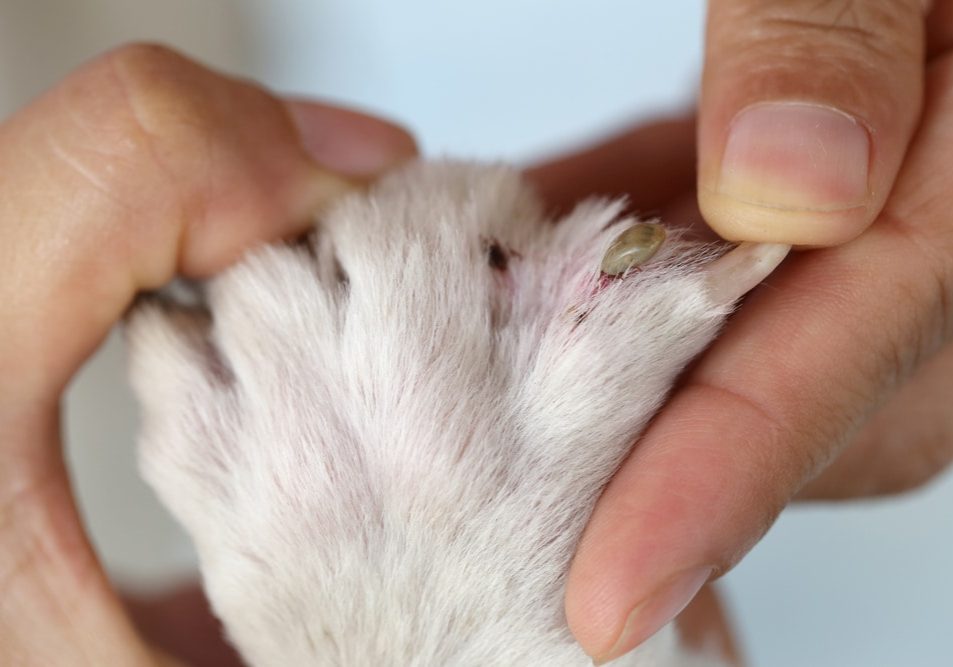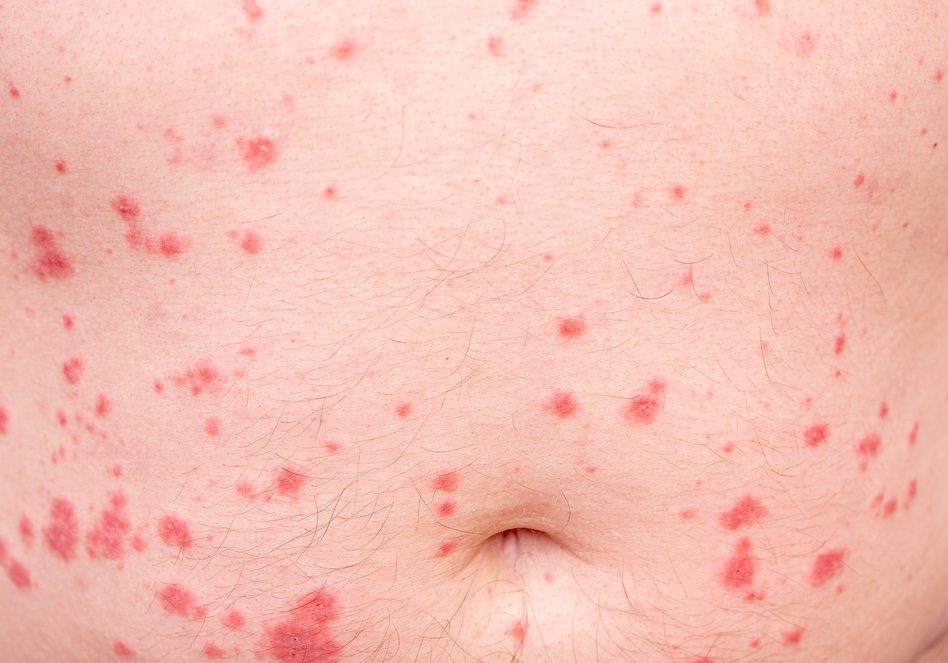I. Introduction
Fleas and ticks are more than just minor nuisances; they're persistent pests that pose serious threats to both public health and the well-being of our pets. These tiny creatures are notorious for their ability to reproduce rapidly and survive in various environments, making them challenging to manage. As warmer weather approaches, the chances of encountering these pests increase, raising concerns about potential health risks associated with them. This blog post will delve into the complexities of managing fleas and ticks, the health risks they pose, and the importance of effective pest control strategies for homeowners.

II. Understanding Fleas and Ticks
To tackle flea and tick issues effectively, it's crucial to understand their biology and behavior.
Fleas are small, wingless insects that feed on the blood of mammals and birds. Their life cycle includes four stages: egg, larva, pupa, and adult.
- Egg: Flea eggs are tiny and can fall off hosts, leading to infestations in the environment.
- Larva: Flea larvae feed on organic debris, including adult flea feces, and thrive in dark, humid areas.
- Pupa: After cocooning, fleas can stay dormant until they sense a host nearby.
- Adult: Adult fleas jump onto pets or humans, ready to feed and reproduce.
Common types of fleas affecting pets and humans include the cat flea (Ctenocephalides felis) and the dog flea (Ctenocephalides canis).
Ticks are arachnids, closely related to spiders, and they also require a blood meal to survive. Their life cycle consists of four stages: egg, larva, nymph, and adult.
- Egg: Ticks lay hundreds of eggs in the environment.
- Larva: After hatching, larvae seek a host, often small mammals or birds, to feed on.
- Nymph: After a blood meal, larvae mature into nymphs, which can feed on additional hosts.
- Adult: Adult ticks, often found on larger mammals, are ready to feed and reproduce.
Common ticks include the black-legged tick (Ixodes scapularis), known for transmitting Lyme disease, and the American dog tick (Dermacentor variabilis).
IV. Challenges in Pest Control
-
A. Resistance to Treatments
- Development of Resistance: Fleas and ticks can develop resistance to commonly used treatments, rendering them less effective. This can lead to prolonged infestations and ineffective management strategies.
- Impacts on Traditional Pest Control Methods: With resistance on the rise, traditional pest control methods, such as topical treatments and sprays, may not provide the desired results, leading to frustration among homeowners.
-
B. Environmental Factors
- Role of Climate Change: Warmer temperatures and increased humidity can create ideal conditions for fleas and ticks to thrive. As climate patterns shift, pest populations may expand into new areas, complicating control efforts.
- Urban vs. Rural Environments: Fleas and ticks behave differently in urban and rural settings. Urban areas may face challenges related to pet populations and human interactions, while rural areas often have greater wildlife hosts contributing to infestations.
-
C. The Complexities of Treatment Application
- Comprehensive Treatments Needed: Managing fleas and ticks requires an integrated approach, including treatments for pets, the home, and outdoor areas. Neglecting any of these aspects can lead to reinfestation.
- Compliance Challenges: Encouraging pet owners to consistently apply preventive treatments can be difficult. Some may overlook the importance of regular treatments, leading to ongoing infestations.
V. Effective Prevention and Management Strategies
Knowing how to prevent and manage flea and tick infestations can save homeowners time, money, and stress.
- Understanding Pest Biology and Behavior: Learning about the life cycles and behavior of fleas and ticks allows homeowners to address infestations more effectively.
- Combining Chemical and Non-Chemical Tactics: Effective management strategies may include:
- Using both chemical treatments (e.g., sprays, powders) and non-chemical measures (e.g., vacuuming, cleaning).
- Rotating different treatment classes to avoid resistance development.
- Importance of Preventive Medications: Consult a veterinarian to find the right flea and tick preventive products for your pets.
- Regular Checks and Grooming Practices: Regularly checking your pets for fleas and ticks, especially after outdoor activities, can catch issues early. Grooming can help remove pests before they cause serious problems.
- Keeping Yards Tidy: Regular yard maintenance, such as mowing grass and trimming bushes, helps reduce flea and tick habitats.
- Home Treatments and Barriers: Using barriers such as mulch or landscaping fabric can deter pests. Regularly treat home interiors with appropriate pesticides and vacuum frequently to remove eggs and larvae.
VI. Public Health Education and Awareness
A. Importance of Educating the Public
Understanding the risks associated with fleas and ticks empowers homeowners to take preventive action. Education can reduce infestations and the associated health risks.
B. Resources for Homeowners and Pet Owners
Homeowners should have access to reliable resources, including:
- Websites from local health departments.
- Guides from pest management associations.
- Fact sheets that educate on the signs of flea and tick infestations.
C. Community Initiatives
Encouraging communities to initiate campaigns for pest awareness can foster proactive attitudes toward flea and tick management.

At Emtec Pest Control, we are committed to safe and responsible pest control. We understand that your family’s safety is your number one priority, so we make it our priority, too.
If you have any other questions about any of these pests or pest control for your home or business, contact your Oklahoma pest control experts at Emtec Pest Control by calling us or by filling out our online contact form.

